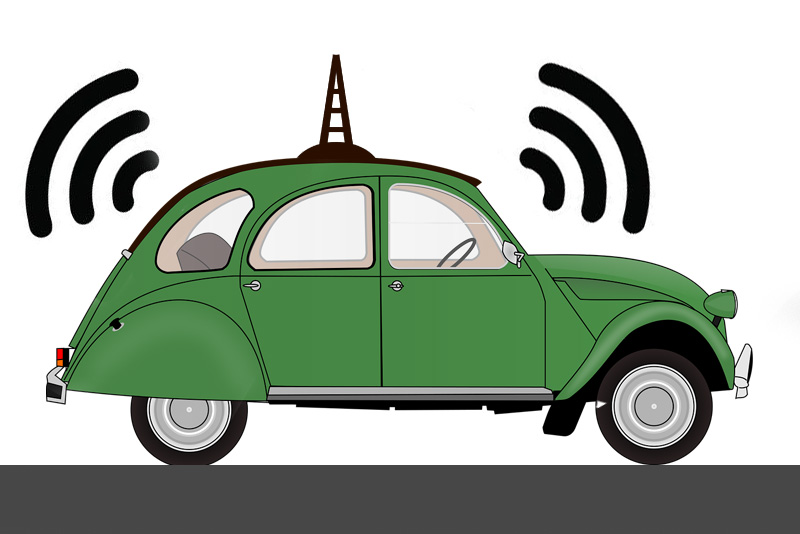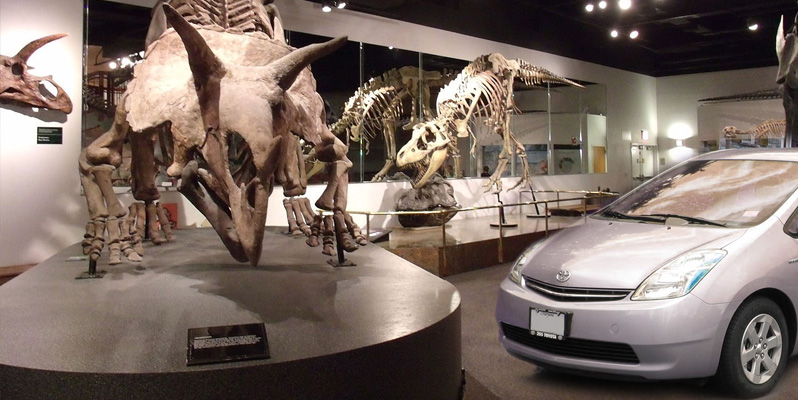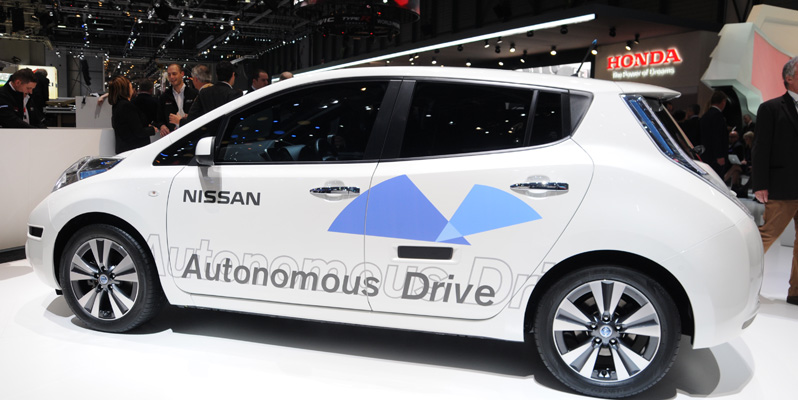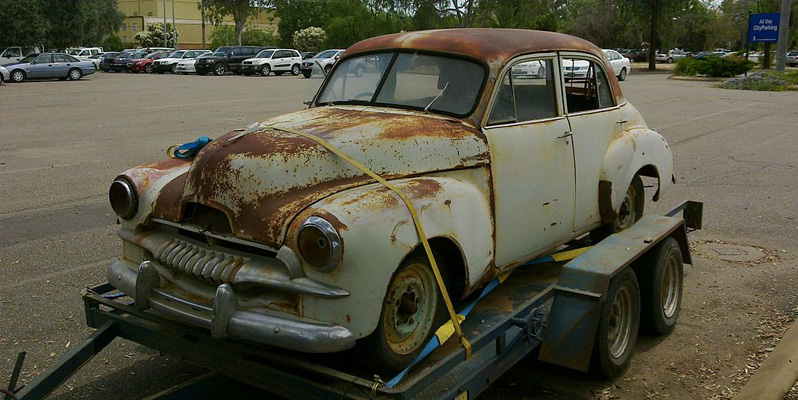Would you take a look at that beauty: the classic lines of a … 2016 Ford Mondeo.
It’s got that familiar 20th century configuration. Driver and passenger seats fixed to face forward rather than pivot to watch a “dual view” TV screen, holo-projector or play a virtual reality game mid-cabin.
There is a gear-stick and pedals. There is no voice activation; no autopilot, no biometric scanner ignition. But there is a steering wheel. Remember steering wheels?
A real throwback to the days when you could buy your dad – or grandad – “driving gloves” for Christmas.
Your Vauxhall, a museum piece
If you could look back from the year 2045, cars of today will look … well … 20th not 21st century.
The Audi, BMW, Vauxhall or Citroen you’re driving today could well be a museum piece.
A Ford Fiesta or VW Golf – the best-selling UK cars of 2016?
Maybe they’ll be tomorrow’s collectors’ items.
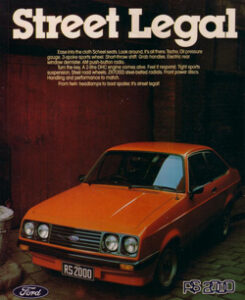 Everything was new once
Everything was new once
Hold on, you’re thinking classic cars have always been defined by something special.
In their prime, they represented something new, something different, something exceptional – either brilliantly stylish, breakthrough engineering or just garishly oddball.
Their performance, styling or novelty made them collectable: from vintage Jags and Astons to Bubble cars and Robin Reliants.
The future of the classic car
But technology is going to redefine what we mean by “classic car” by the mid-21st century in a way that’s different to the classic motors of the last century.
Governments, automakers and technology firms all seem to agree that by 2030, fully-autonomous cars will be mainstream tech on our roads.
So, imagine this.
Once the safety benefits of driverless cars become clear – fewer road accidents, fewer fatalities as the experts predict – the case for limiting the number of cars driven by humans on the roads gets louder and louder.
If there are human driver restrictions and limits, what need will there be for vehicles with manual controls like steering wheels, gear sticks, pedals and handbrakes?
What need will there be for seats to face forward in a fixed position?
Look at a Ford Model T from 1908 and you’ll see manual controls and fixed seats.
Look at whatever model Ford is making in 2045 and will those still be there? Probably not.
Looking back to the future
In other words, what we take for granted today as the standard features and configuration of a car will become … well, special.
And maybe the earliest models with driver assist features – from parking-assist to Tesla’s first generation auto-pilot – will become particularly collectable?
After all, those models will be seen as the trailblazers for the fully autonomous road cars of tomorrow.
We’ll look back at that tech as primitive, charming, but the starting point for a motoring revolution.
Decommissioned classics
But maybe there is one thing the classic cars of 2045 will have with their counterparts today.
Have you ever played “count the trailer” at a classic car or collectors’ club rally?
How many of those beloved old motors – all polished chrome and leather seats softer than an old sofa – reached their destination on their own four wheels?
Most likely, they were members of the SORN brigade – the Statutory Off-Road Notification – retired from road duty … in every sense of the word.
Take Lancia. Remember Clarkson and pals drooling over the Fulvia and Stratos on TV years ago? By the last count there were 1,856 Lancias licensed for road use. There were 2,167 SORN registered.
The Aston Martin DB5 – the classic 1963-1965 sports car from the third Bond movie, Goldfinger – fares slightly better with 281 on the road and 69 SORN registered.
By the way, you’ll find the fate of other marques on a site called https://www.howmanyleft.co.uk run by the developer and self-confessed car geek, Olly Smith.
According to the Department for Transport, there are now about 600 marques with fewer than 10 cars recorded in the UK.
It doesn’t have to be that way.
If you’ve got the mechanical knowhow to keep a car roadworthy, getting it insured is easy.
Let’s hope in 2045 there’ll still be a chance to take a classic from the early 2000s for a spin. Imagine turning heads, raising smiles and kindling memories – as you whizz past your driverless counterparts in an early 21st century collectors’ item.
So, what marques and models from today do you think will become the classics of tomorrow’s driverless age?

